commentary Commentary
Commentary: Confidence to face an AI-dominated future requires preparing Singaporeans for jobs not yet created
Filling jobs of the future requires a fundamental paradigm shift in education, training and reskilling, says one observer.
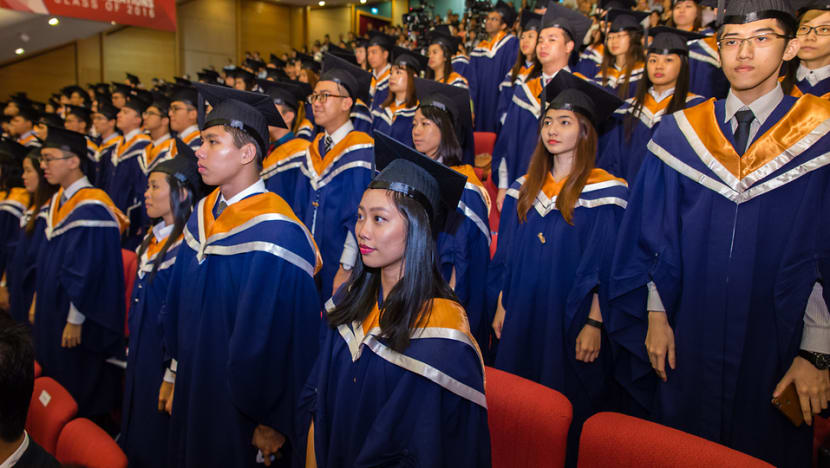
Nanyang Technological University's class of 2016. (Photo: NTU)
SINGAPORE: Meet John. He's a Machine Risk Officer and part of his company's leadership. His team consists mainly of intelligent machines and he works with them more often than he does with his human colleagues.
If any of the machines fail, all the potential risks are managed by John. He's also passionate about establishing human-machine trust, championing machine ethics, and setting the rules for how to handle machine-caused wrongdoing.
John's job doesn't exist yet, but in the next five to ten years, his role and others such as Head of Business Behaviour or Cyber Calamity Forecaster may become a reality.
These are the jobs of the future and their skillsets will demand an entirely different set of skills. Are we adequately preparing students and workforce for these jobs that might become the norm in ten years?
PREPARING FOR THE FUTURE OF WORK – WHOSE JOB IS IT?
The Ministry of Education has made sweeping changes in recent years to reduce the emphasis on academic results for primary and secondary education in order to develop 21st century competencies in students at an early age.
READ: Parents, don’t shy away from a competitive education system, a commentary
But we’re behind when it comes to addressing the last-mile skilling problem within private businesses and higher education institutions.
According to Cognizant’s Relearning How We Learn From the Campus to the Workplace report, globally, most businesses and higher education institutions agree it’s extremely important to prepare workers and students to work alongside emerging digital technologies.
Yet, neither can agree on who is responsible for making that a reality, despite both acknowledging that our workforce is woefully unprepared under the status quo.
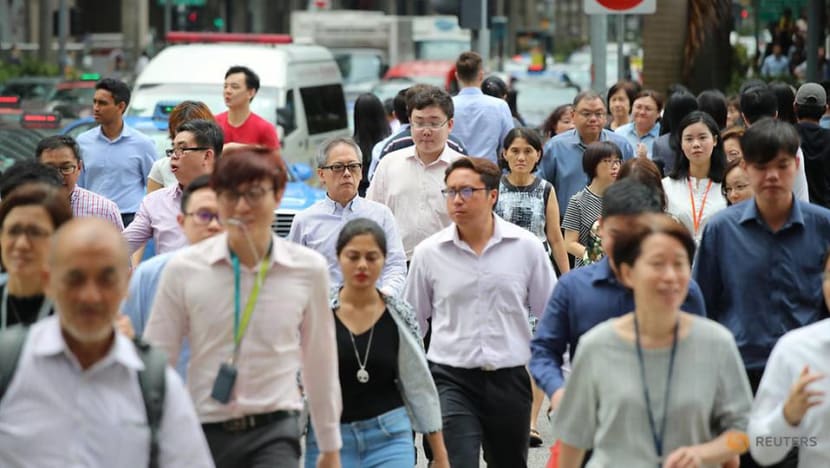
In Singapore, both parties expect to fail: Businesses and educators estimate that only 60 per cent of staff and 55 per cent of students are prepared to handle new types of work in the next five years.
Higher education institutions seem to be pointing the finger at businesses when the topic of soft business skills is broached, while businesses push back when they find themselves needing to retrain fresh graduates.
The problem arises because educators view their role as knowledge providers, while businesses see themselves as job providers, expecting educational institutes to overhaul their curriculum to align with changing work and workforce needs.
Collaboration between both is critical. Globally, 75 per cent of businesses and higher education institutes equally believe that; but in Singapore, just over half of businesses view working together as critical to successfully managing the transformative and disruptive impact of the new machine age.
The fundamental challenge is that both entities have completely different set of priorities and goals. While businesses expect to move fast to meet their business goals, the educational institutions are slower to change.
One way to encourage higher education institutions and businesses to work together is by complementing traditional degrees with certifications from employers.
READ: Singapore and Singaporeans lose when universities chase after world rankings, a commentary
For example, California’s community colleges are running employer-verified programmes that offer digital badges to students for human skills such as adaptability, problem-solving, and resilience.

TRAINING AND LEARNING APPROACHES OF THE FUTURE
While there is clearly no one-size-fits-all approach for preparing the future workforce, companies and education institutions agree they must identify skills of the future and overhaul existing curriculum and associated learning and teaching approaches.
In my view, there are four key actions that businesses and higher education institutions can take:
1. ZOOM IN ON SKILLS THAT MAKE HUMANS MORE HUMAN
In the future, what makes us human will make us employable. Companies are increasingly placing a premium on job applicants who demonstrate skills like flexibility, self-motivation, empathy, resilience, creativity and communication capabilities.
They know “humanness” will become a competitive advantage when working with intelligent systems, as human behaviours and activities are still far outside the purview of current and near-future technologies. Future jobs will require a combination of human instincts and technological capabilities.
For instance, big data and data science jobs are increasingly less focused only on statistics skills and more on the ability to make sense of data and apply insights to solve complex business cases.
Tech giant Google have detailed “solving difficult, non-routine analysis problems” and “interacting cross-functionally with a wide variety of people and teams” in their data science job listings.
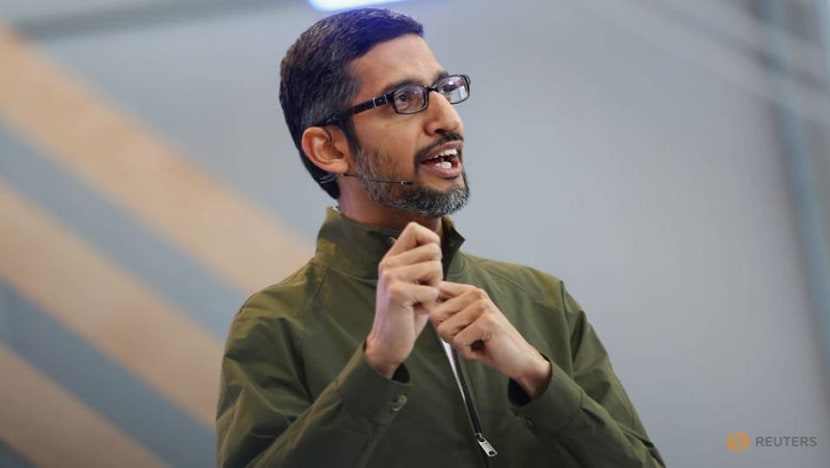
READ: What a tech education today for a digital workforce tomorrow looks like, a commentary
To adequately prepare students, higher education institutions can take a page from the playbook of SkillsFuture and incentivise students to pick up new skills beyond what is currently core course curriculum.
Higher education institutions should create separate programmes that will help students upskill throughout their education journey by encouraging interdisciplinary studies and consider incorporating these as degree requirements.
For instance, engineering students could enhance their communication or presentation skills by joining courses conducted by humanities faculty to supplement their core course curriculum.
READ: Humanities at the heart of a holistic education in a tech-driven world, a commentary
2. FOCUS ON SKILLS TO COLLABORATE WITH, NOT CREATE, ROBOTS AND AI
Many organisations are increasingly investing in artificial intelligence and machine learning to create intelligent robots that automate processes, for instance in automotive or manufacturing industries. The knee-jerk reaction is to hire or train talent that can develop these robots in-house.
While the necessary expertise will vary according to business needs, not every employee will need to create an AI-powered robot, but most will have to familiarise themselves with basic technical constructions and how to best interact with these robot creations to fully exploit automation’s full value.
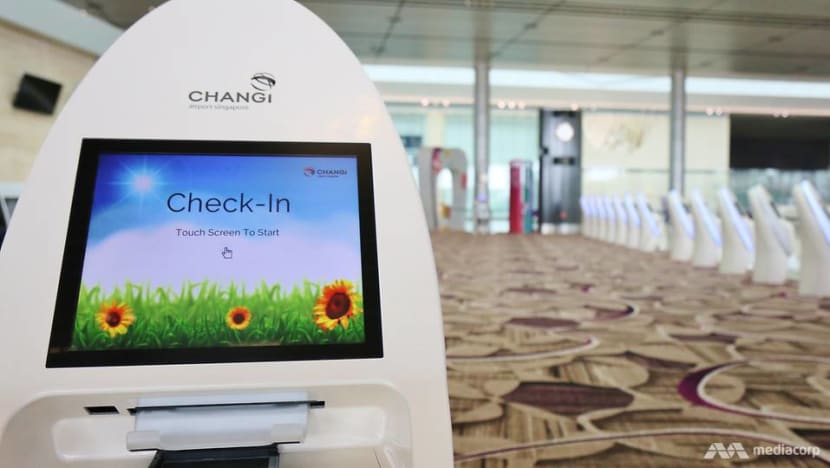
An example of this can be seen at Singapore Changi Airport Terminal 4 where airport staff now oversee and troubleshoot problems passenger might face in using the automated self-check-in machines.
Deployed as Changi Experience Agents, Changi now has roving customer service officers walking the grounds – serving passengers with high-quality, face-to-face interactions and allowing airlines to better optimise their resources through human-machine collaboration.
READ: Monitoring system for Tampines estate manages cleaners robotically, a commentary
3. STOP CREATING, START CURATING TRAINING AND TEACHING CONTENT
Businesses and educators will need to see themselves as curators rather than creators of content. In fact, 62 per cent of business leaders agree that they will need to move from creating to curating learning materials when it comes to training or teaching programmes.
Leveraging high-quality content from other learning providers can give business trainers and educators greater agility and responsiveness to design timely these modules.
International organisations recognise this major re-skilling gap and are responding to this demand for engaging, up-to-date and industry-relevant training. A great example is the World Economic Forum’s partnership with IT industry partners, streamlining training content on one platform called SkillSET in its tech re-skilling drive.
Users have free access to materials covering general business skills to cybersecurity and big data. This database is accessible to all so any enterprise, for instance a small business in Singapore, can use the resources instead investing in costly development of training programmes.
READ: Aiming for AI, machine learning jobs after school? Don’t just focus on tech, grads say
4. MAKE TRAINING IMMERSIVE, PERSONALISED AND INTERACTIVE
While AI can bring about significant business benefits when applied in business operations, it can also be leveraged to change the way students and employees learn.
AI can personalise learning experiences, with students or employees learning faster or slower according to what machine learning algorithms observe from how quickly they pick up on a topic.
Augmented reality and virtual reality (VR) can expose learners to experiences required to do their jobs that might have taken much longer to gain.
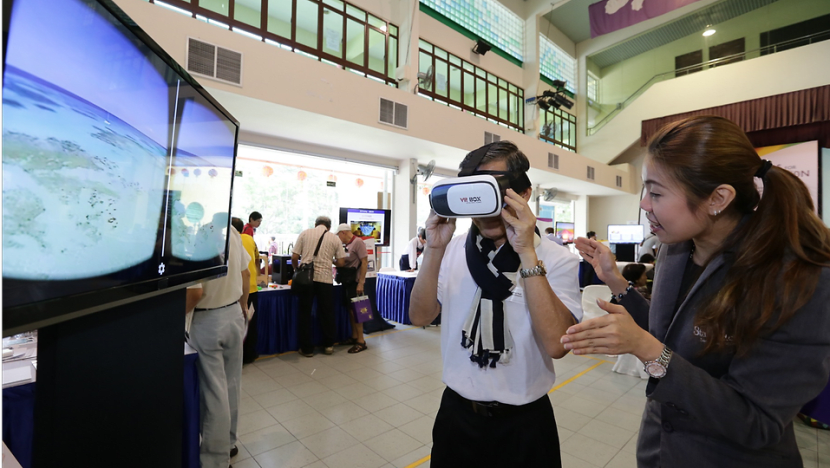
For example, the University of Newcastle in Australia offers a VR-based delivery room training for midwifery students to learn key anatomy and birthing techniques.
READ: Here’s what Singapore’s human capital index in a world of disruption should look like, a commentary
NO TIME TO LOSE
Skilling and reskilling the workforce for future job will remain a perennial challenge and a hot topic of discussion among academia, industry and our society.
Where all stakeholders agree that the education and training practices need an overhaul, yet no one wants to take the lead in driving this agenda, perhaps we need a mindset shift that embraces collective responsibility in moving the needle for workers in this area.
While John’s future job as the Machine Risk Officer seems secure, it won’t be long before it too is automated. To ensure Singapore society is adequately prepared for the future of work, it’s clear that higher education institutions, businesses and the government need to work hand-in-hand.
Manish Bahl is associate vice president at Cognizant’s Centre for the Future of Work.















